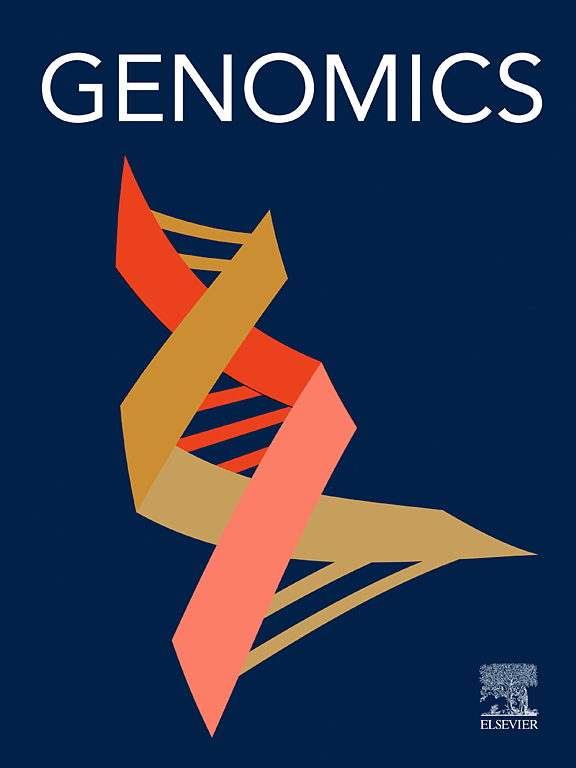Unraveling the genetic mechanisms of UV radiation resistance in Bacillus through biofilm formation, sporulation, and carotenoid production
IF 3
2区 生物学
Q2 BIOTECHNOLOGY & APPLIED MICROBIOLOGY
引用次数: 0
Abstract
Bacillus species are Gram-positive bacteria that are rod-shaped, endospore-forming, and aerobic or facultatively anaerobic. With over 300 recognized species, Bacillus subtilis stands out as a well-studied model organism. The genus's various species exhibit a wide range of physiological capabilities, allowing them to thrive in diverse environmental conditions. Each cell produces a single endospore, which is highly resistant to heat, cold, radiation, desiccation, and disinfectants. Among Bacillus strains, those capable of producing spores, biofilms, and carotenoids demonstrate significant resilience to UV light. This review examines the genes involved in spore formation, biofilm development, and carotenoid synthesis, emphasizing their roles in UV radiation survival. We explore the interconnections between these processes and their combined contribution to UV resistance, focusing on the underlying genetic mechanisms. These insights will benefit researchers studying the genetic basis of UV radiation resistance in Bacillus species.
Importance
Bacteria employ adaptive strategies in extreme environments through rapid changes in gene expression, altering their phenotype for survival. Bacillus species, for example, defend against UV radiation by making spores, creating biofilms, and producing pigments. During sporulation, sigma factors (σF, σE, σG, and σK) regulate gene expression to adapt to environmental shifts. It has been found that the spores of some species may contain pigments that strongly absorb UV radiation, playing a crucial role in spore UV resistance. UV light penetrates biofilm matrices minimally, mainly affecting surface cells, which produce compounds like mycosporine-like amino acids and carotenoids to shield against UV damage.
通过生物膜形成、产孢和类胡萝卜素来揭示芽孢杆菌抗紫外线的遗传机制
芽孢杆菌属革兰氏阳性菌,杆状,孢子内形成,需氧或兼性厌氧。枯草芽孢杆菌有超过300种已知的物种,是一种研究得很好的模式生物。该属的各种物种表现出广泛的生理能力,使它们能够在不同的环境条件下茁壮成长。每个细胞产生一个内孢子,它对热、冷、辐射、干燥和消毒剂具有很强的抵抗力。在芽孢杆菌菌株中,那些能够产生孢子、生物膜和类胡萝卜素的菌株对紫外线表现出显著的弹性。本文综述了参与孢子形成、生物膜发育和类胡萝卜素合成的基因,重点介绍了它们在紫外线照射下存活的作用。我们探索这些过程之间的相互联系及其对紫外线抗性的综合贡献,重点关注潜在的遗传机制。这些见解将有助于研究芽孢杆菌物种抗紫外线辐射的遗传基础。细菌通过基因表达的快速变化来适应极端环境,改变它们的表型以生存。例如,芽孢杆菌通过制造孢子、形成生物膜和产生色素来抵御紫外线辐射。在产孢过程中,sigma因子(σF、σE、σG和σK)调节基因表达以适应环境变化。研究发现,一些品种的孢子可能含有强烈吸收紫外线的色素,这在孢子抗紫外线中起着至关重要的作用。紫外线对生物膜基质的穿透作用最小,主要影响表面细胞,表面细胞产生类似真菌素类氨基酸和类胡萝卜素的化合物,以抵御紫外线的伤害。
本文章由计算机程序翻译,如有差异,请以英文原文为准。
求助全文
约1分钟内获得全文
求助全文
来源期刊

Genomics
生物-生物工程与应用微生物
CiteScore
9.60
自引率
2.30%
发文量
260
审稿时长
60 days
期刊介绍:
Genomics is a forum for describing the development of genome-scale technologies and their application to all areas of biological investigation.
As a journal that has evolved with the field that carries its name, Genomics focuses on the development and application of cutting-edge methods, addressing fundamental questions with potential interest to a wide audience. Our aim is to publish the highest quality research and to provide authors with rapid, fair and accurate review and publication of manuscripts falling within our scope.
 求助内容:
求助内容: 应助结果提醒方式:
应助结果提醒方式:


